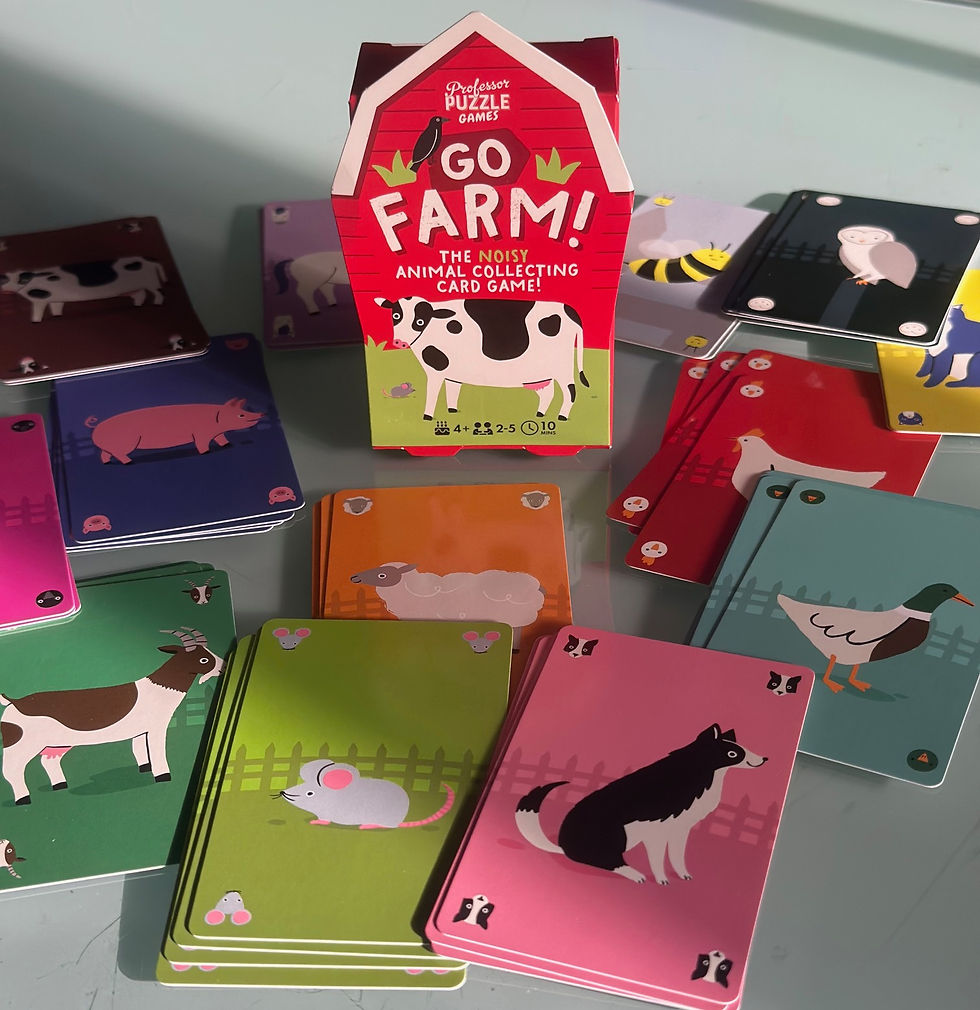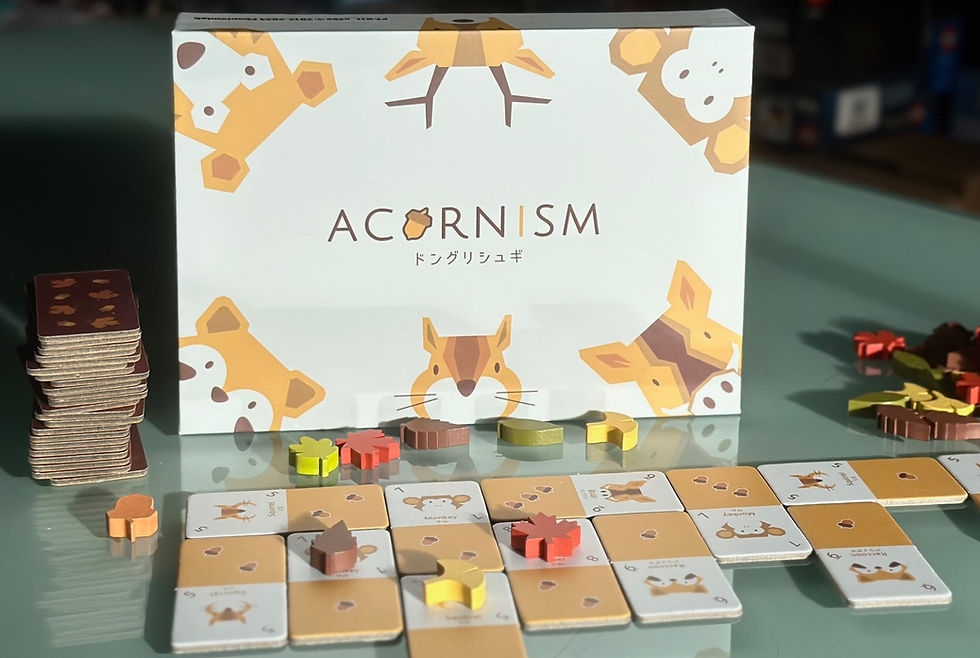Windmill Valley
- Board's Eye View

- Aug 18, 2024
- 3 min read
Windmill Valley is a medium-weight eurogame with an archetypical Netherlands setting - tho' curiously the dykes and waterwheels feature more prominently in the game than the titular windmills. It's a busy game with a lot going on, but the individual actions are pretty straightforward and Dani Garcia's design follows an internally coherent sequence, making Windmill Valley a more immediately accessible game than some of Board & Dice's previous heavyweight eurogames.

The 2-4 players (and of course there's also a solo mode) will variously be opening and closing dyke floodgates to turn their waterwheels, represented by their natty individual cog mechanisms. You gain points for lowering the water level but raising it accelerates your waterwheels. The cog wheels are essentially action rondels: it's the position of your cog wheels that determine the actions you can take, and these actions can be upgraded over the course of the game. You end a round and gain that round's bonuses when your cogs have made a full rotation so if you rotate your waterwheels faster than others you can gain an advantage but it may be at the cost of your getting fewer actions than other players.
There are lots of ways to score, including, for example, for meeting the contract requirements of the character cards you pick up. The cards tho' are dual-use: instead of going for the contract requirements at the bottom part of the card, you can tuck the card under your board to use the top part to add its special ability. Our one gripe with these linen-finish cards is that the meaning of the various icons isn't always immediately obvious so we spent much more time scrabbling through the rulebook than we otherwise would.
It wouldn't be a game with a Dutch setting if Windmill Valley didn't incorporate tulips, and during the course of the game you'll be taking different colour tulips and planting them out in the field on your player board. There you'll collect bonuses and you'll score for completed rows and columns, but there's a puzzle to solve over where best to place your different-coloured tulips: ideally you want rows to have tulips that are all the same colour but you also want to avoid colour duplication in columns. A trade action lets you use a tulip to take two of the four actions on the trade display. And the windmills haven't been forgotten: as you place out your wooden windmill meeples on the central board you'll pick up bonuses and you'll open up additional scoring for specific colours of tulips in your field.
In the main this is a game where players are focused pretty much entirely on their own game engine. There's interaction of course over players' raising and lowering of the water level, and on the corresponding length of the game, and you can gain a bonus when another player places out a windmill adjacent to one of yours. Otherwise tho', this isn't a highly interactive game and certainly not one where players are making 'take that' plays that screw with other players' plans. Some may bemoan that but, from our plays at Board's Eye View, that has come through as a strong positive: it avoids the frustration of many eurogames where players spend several rounds building a point-scoring engine only to have another player throw a spanner in the works.
With art by Pedro Codeço and Zbigniew Umgelter, Windmill Valley is attractively presented and with good-quality components. Prospective players are sure to be drawn by its table presence and they'll stay for its engaging playability.




